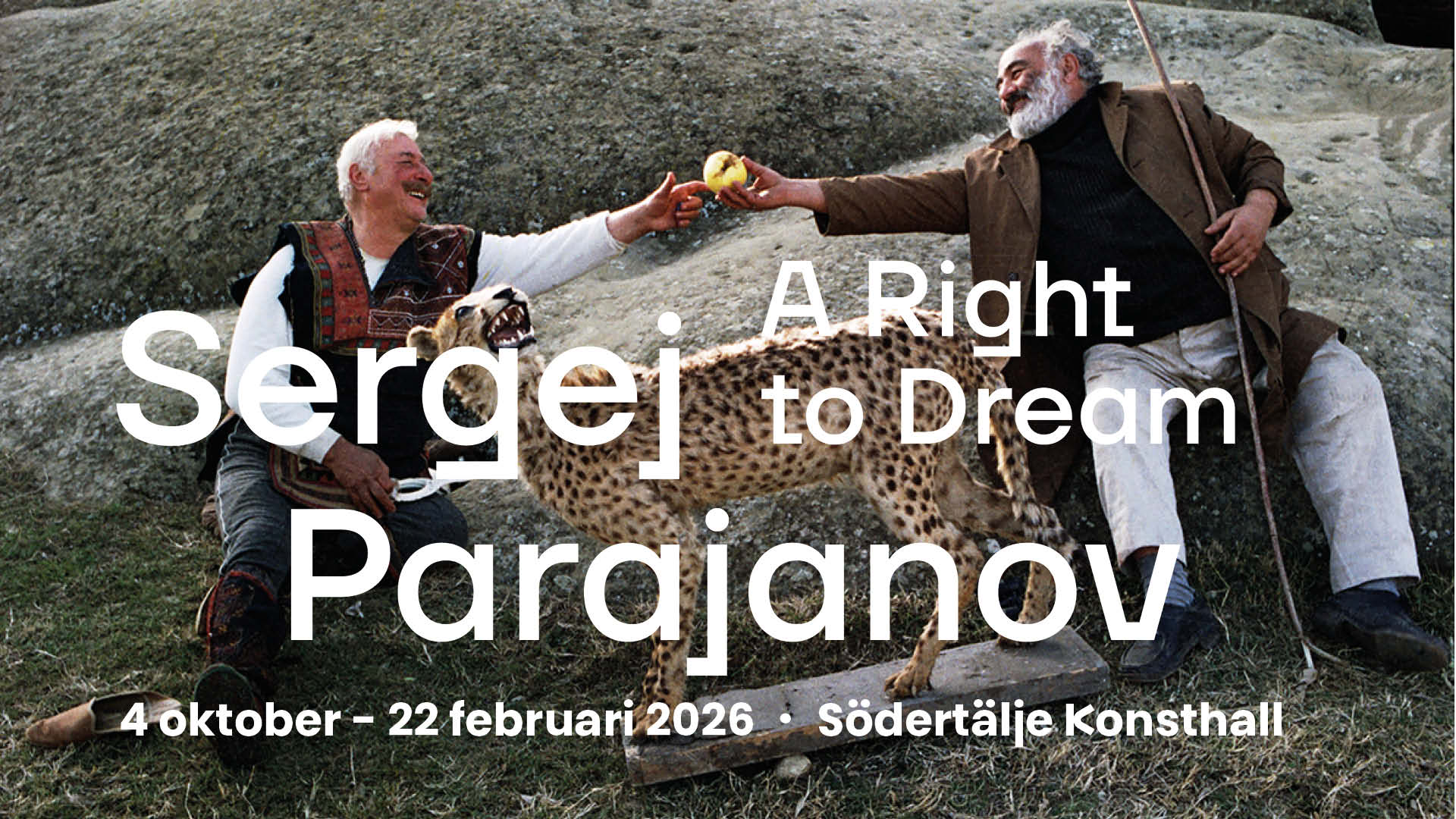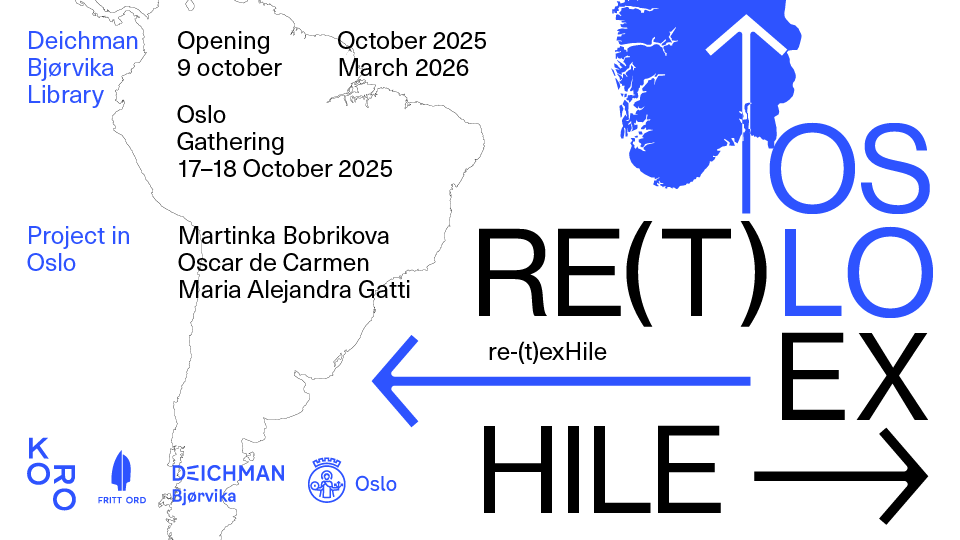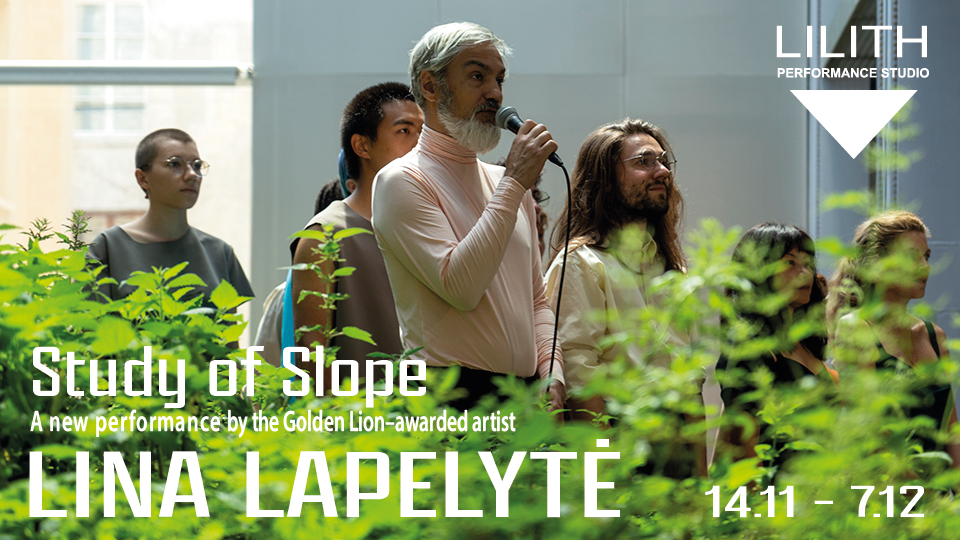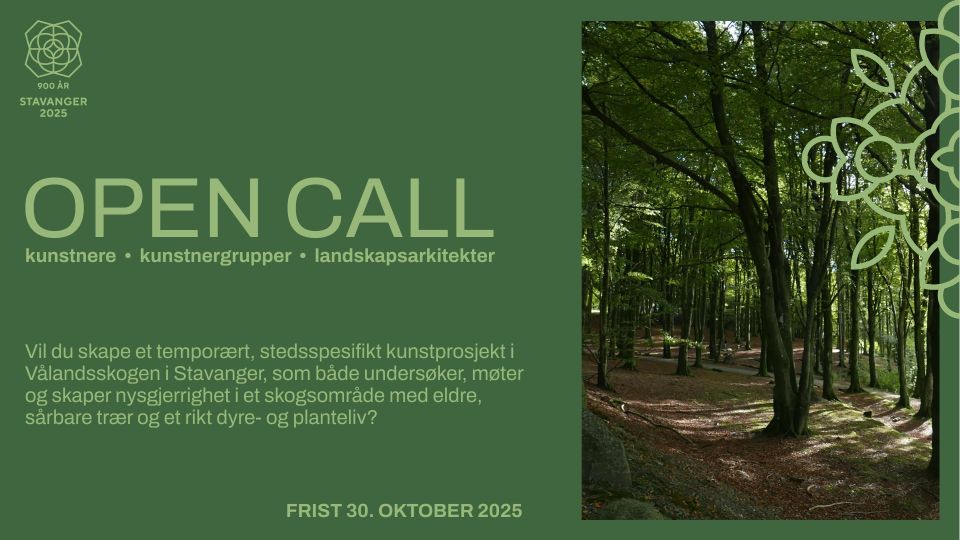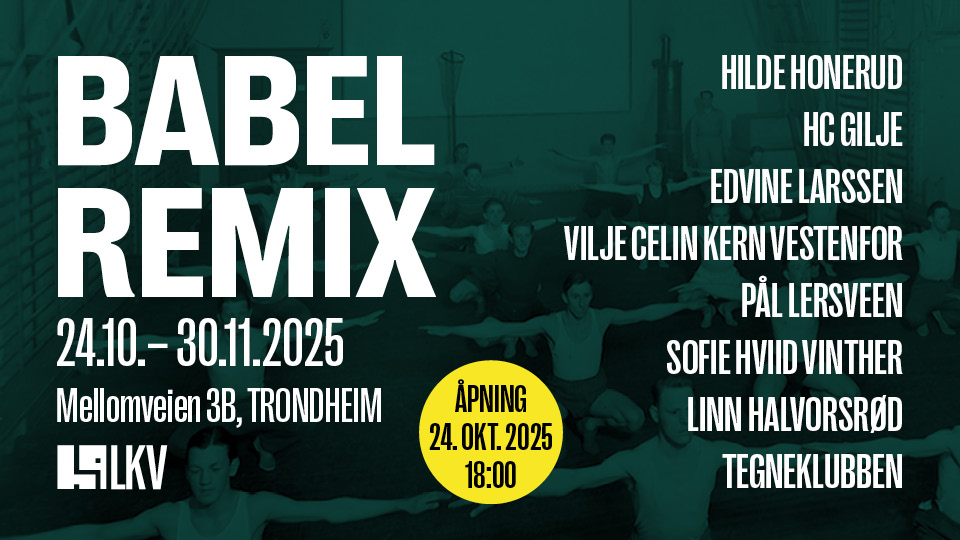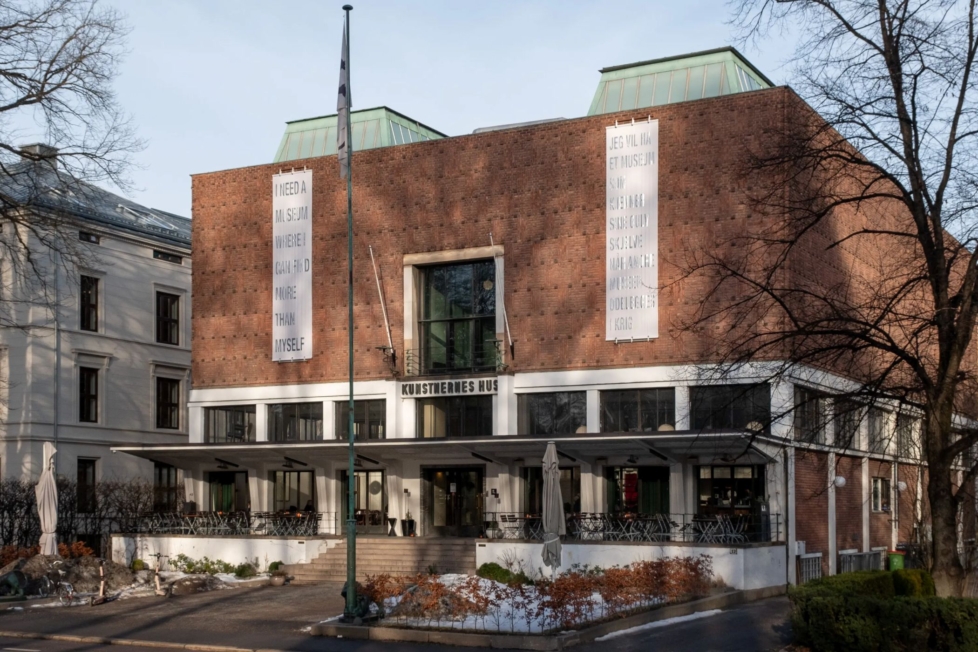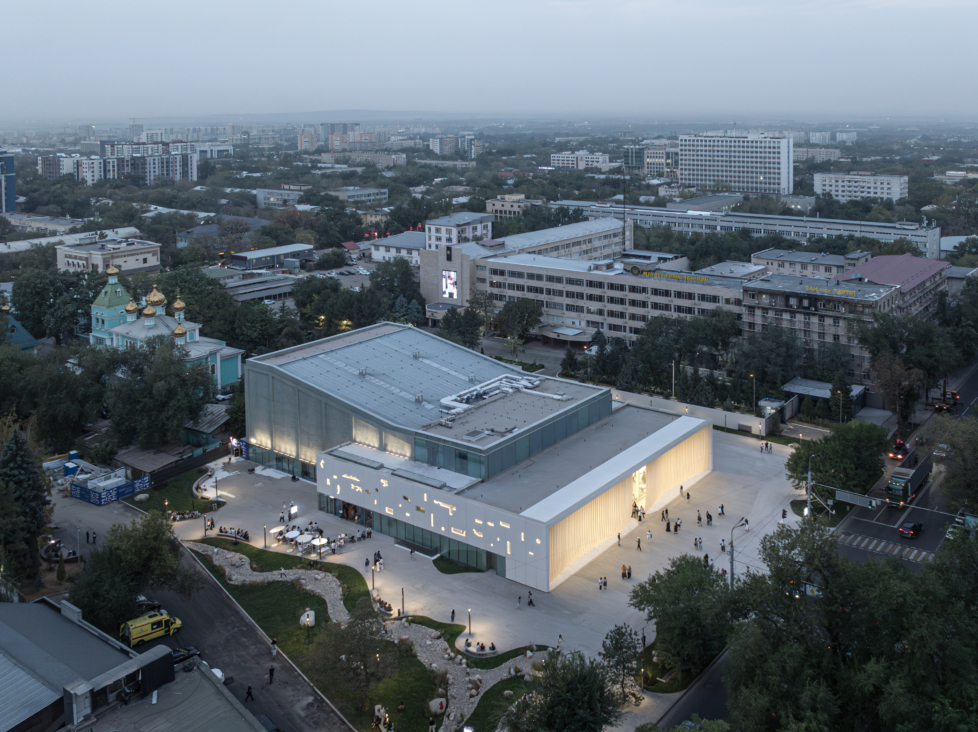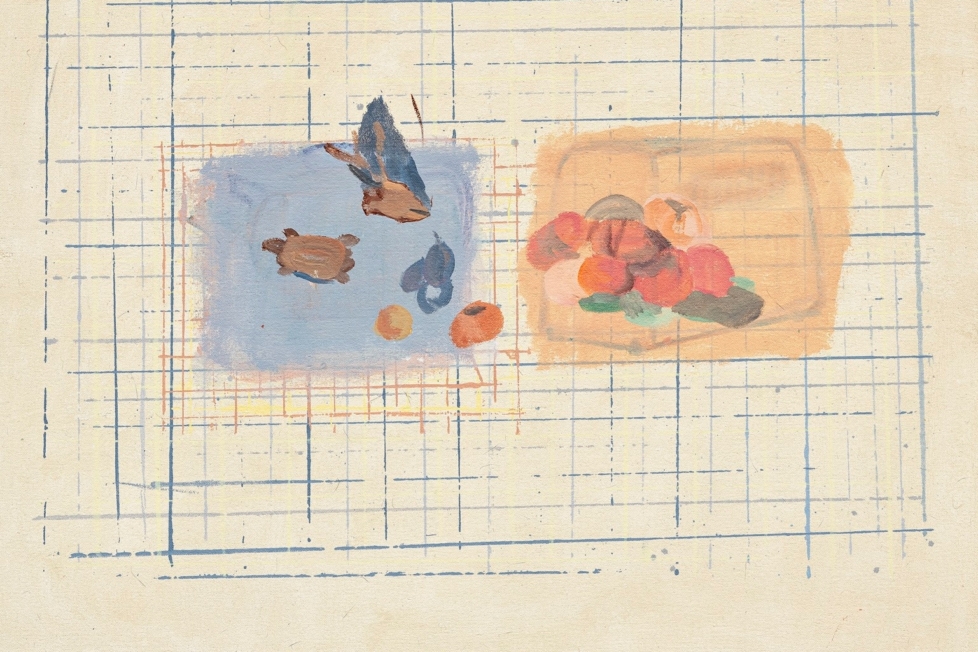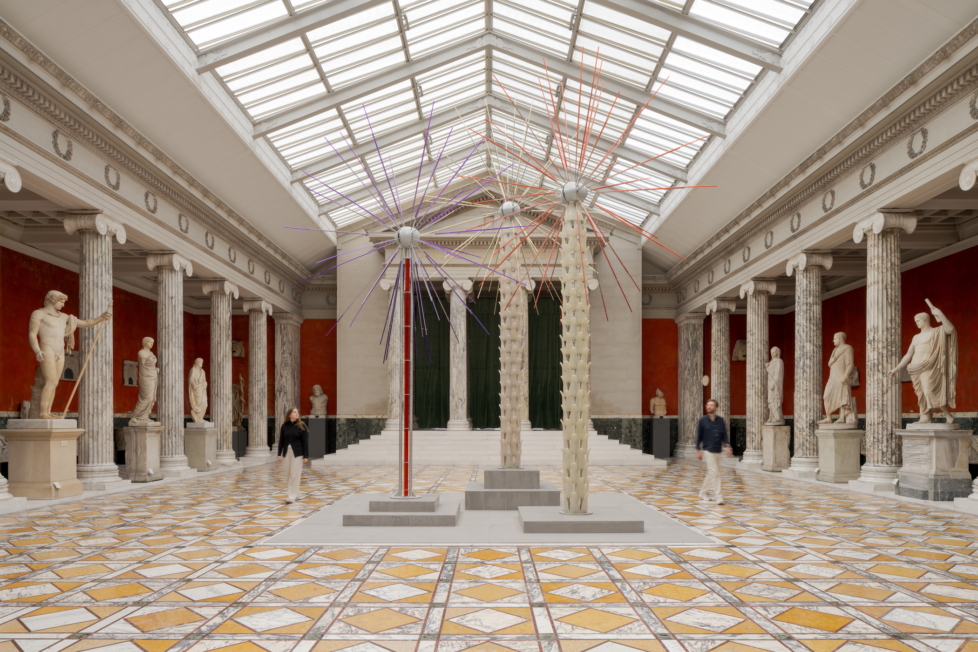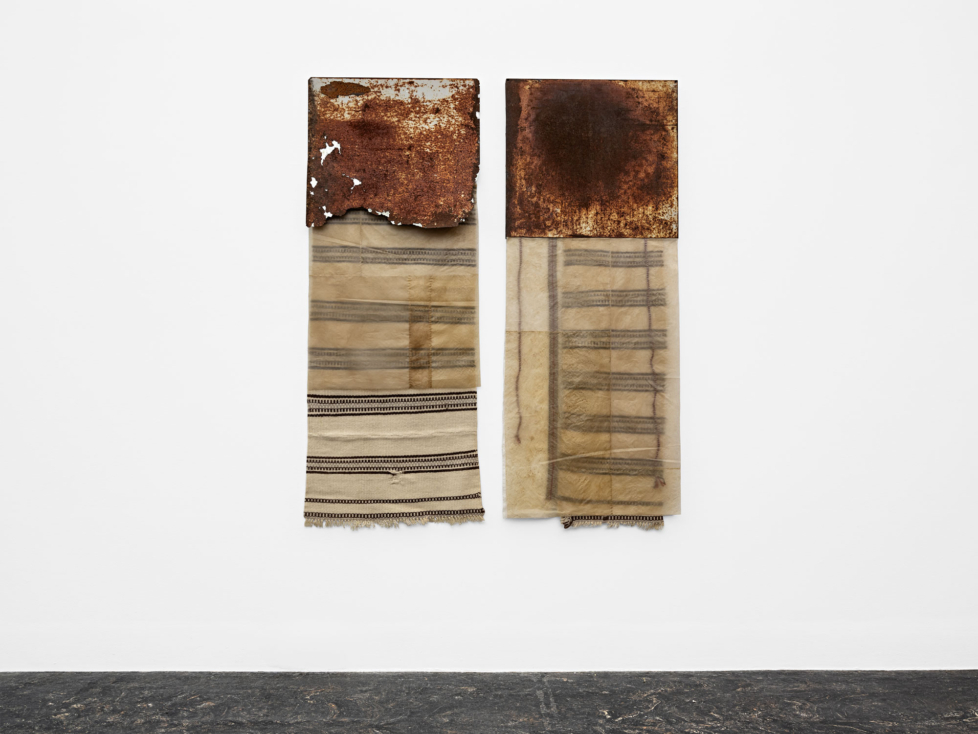
There are a handful of artworks that revisit me from time to time, as if they had become part of my body. One such work is Hilde Skancke Pedersen’s Ellojuvvon eallin – Levd liv (Lived life) from 2022. I first encountered the artwork in an exhibition in Oslo, at Soft Gallery. I believe I took the tram into town for that sole purpose, back when I was still living in Oslo.
The work consists of two rectangular ránut, a form of warp-faced weaving, hanging on the wall. At the top of each is a piece of rusted metal. Draped across the surfaces are thin membranes through which faint ribbons can be seen. The weavings appear aged, and this is, in fact, one of the oldest weaving techniques known, made on a vertical loom, a frame set upright or leaned against a wall.
I think about the rátnu all the time; this weaving tradition does not seem to let me go. I imagine the hands that carried out the work and how that labour formed part of everyday life. The sheep being shorn, the wool cleaned, carded, spun, and washed. The trees in the forest that, if suitable, could be made into bumma, bealjit, and gierrinmuorra*. I think of the fingers keeping the threads at equal tension, following what the yarn itself seemed to ask for. In rátnogođđin*, the warp is held taut by geađggit, stones that clink together as the beam is pushed back and forth.
The membranes gently suspended over the weavings are made from a single textile worked in various ways so that it resembles a paper-like skin so thin it is nearly transparent. This textile becomes my own skin, or my áhkku’s* skin, or the skin of those who once slept beneath a rátnu on cold nights – a reminder that I am bound to that time and to those people.
I myself trained in this weaving technique at the handicraft centre in Olmmáivággi/Manndalen. In the years since I learnt the craft, I have been seeking new ways of coming closer to the loom. The weave’s patterns read like musical notation. They become movement and the inscription of time, kihtegat and stáinnarbánit*. There is a sound to the materials too, the soft rushing of wool, the sound of the bodies of those weaving, of verddevuohta*, of trade and of community. Today, there are few left who weave rátnu in precisely this way. This is not only because of the time it demands of the weaver, but also because of the status accorded to soft duodji* and textiles such as these. Making a living from weaving is not easy. A rátnu is beautiful when it hangs on the wall, but beautiful things are also meant to be used: to cover oneself when sleeping on the sofa, or to serve as a door for the lavvu.
When I look at Hilde’s piece, I taste rusty iron on my tongue for some reason – maybe I once really did. Her artwork can be felt in my fingers and on my tongue, even when I view it from a distance, and perhaps that is why it still speaks to me.
*
Sámi words:
Bumma: the beam at the top of the loom
Bealjit: the side supports of the weave
Gierrinmuorra: the rod that holds the shed in the warp
Rátnogođđin: the weaving of the rátnu
Áhkku: grandmother
Kihtegat and Stáinnarbánit: patterns of the weave
Verddevuohta: the reciprocal relationship between reindeer-herding families and coastal families
Duodji: traditional Sámi handicraft
Lavvu: a Sámi tent
Elina Waage Mikalsen is an artist and a musician from Romssa/Tromsø, Sápmi/Norway.
